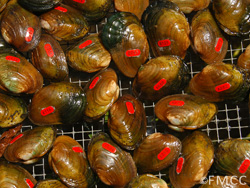Research Projects
Too Much of a Good Thing? How Taxa Decline in the Central Appalachian Coalfield Are Driven by Food Resource Changes Across a Mining-Induced Salinity Gradient
This project will investigates how changes in salinity from mining could impact aquatic food web biomass production. We expect that salt-tolerant taxa will contribute more to secondary production in high salinities and this is important because the traits of biomass may be affected and lead to malnutrition in diets of animals at higher trophic levels. This project is supported by the NSF and involves active collaboration across freshwater scientists at Virginia Tech and UVA-Wise. As affiliates of the Global Change Center and the GCC Freshwater Salinization Working Group, our team was initially funded by a GCC seed grant that supported the development of this three-year study where they will expand their collaboration with local educators and scientists in the mining region.
Team: Stephen Schoenholtz, Carl Zipper, Daniel McLaughlin, and Erin Hotchkiss. Graduate students: Kelley Sinning and Caleigh Meehan, Undergraduate students: Hiya Barai, Saumil Trivedi, and Lab Technicians: Lisa Tabor and Megan Underwood
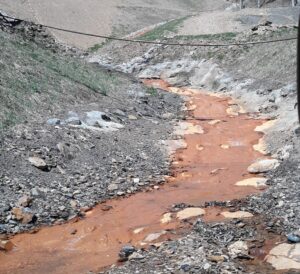
Clamming up? How are Mussels Performing in Restored Urban Streams?
We are seeking to quantify the ecological and biogeochemical effects of reintroducing native freshwater mussels into two restored urban headwater streams in Reston, Virginia: Snakeden Branch and The Glade. A team of academic and agency professionals will provide us with a holistic and practical understanding of the outcomes of our restoration with respect to ecological process, water quality, and biological communities. We measure and analyze the features of individual mussels, mussel beds, and stream reaches to describe the role that mussels play in stream ecosystem function. We hope that this will help us gain a deeper understanding of the nutrient cycling function of mussels and ultimately that we can apply this knowledge to urban stream rehabilitation.
Team: USGS (Brendan Foster and Paul Angermeier), USFWS (Jess Jones), Colby College (Denise Brusewitz), Baruch (Chester Zarnoch), Graduate student: Donya Mohamed
Learn more about this project here
Shenandoah Springs as Refuge in the Face of Climate Change: Are they Supporting Rare and Threatened Species?
Springs are a unique and important habitat for macroinvertebrates and are often considered refugia for these organisms, but we fear increasing air pollution and climate change may have affected these aquatic habitats by altering the characteristically stable temperature ranges of these bodies of water. This project hopes to investigate the spring habitats across Shenandoah and gather data which will be used to assess habitat conditions and ultimately prevent the loss of rare taxa. We will start our assessment the habitat conditions by identifying the taxa that are currently there. This data will be used to develop a study that can identify the mechanisms related to macroinvertebrate species richness and taxonomic diversity. This information will hopefully be applicable to conservation efforts in the future.
Team: National Park Service (Evan Childress) and Undergraduate student: Sydney Haney and Emme Linkous, and Lab Technicians: Marlaina Marvin, Lisa Tabor, and Holly Stillwell
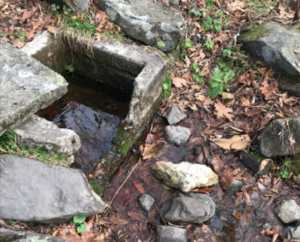
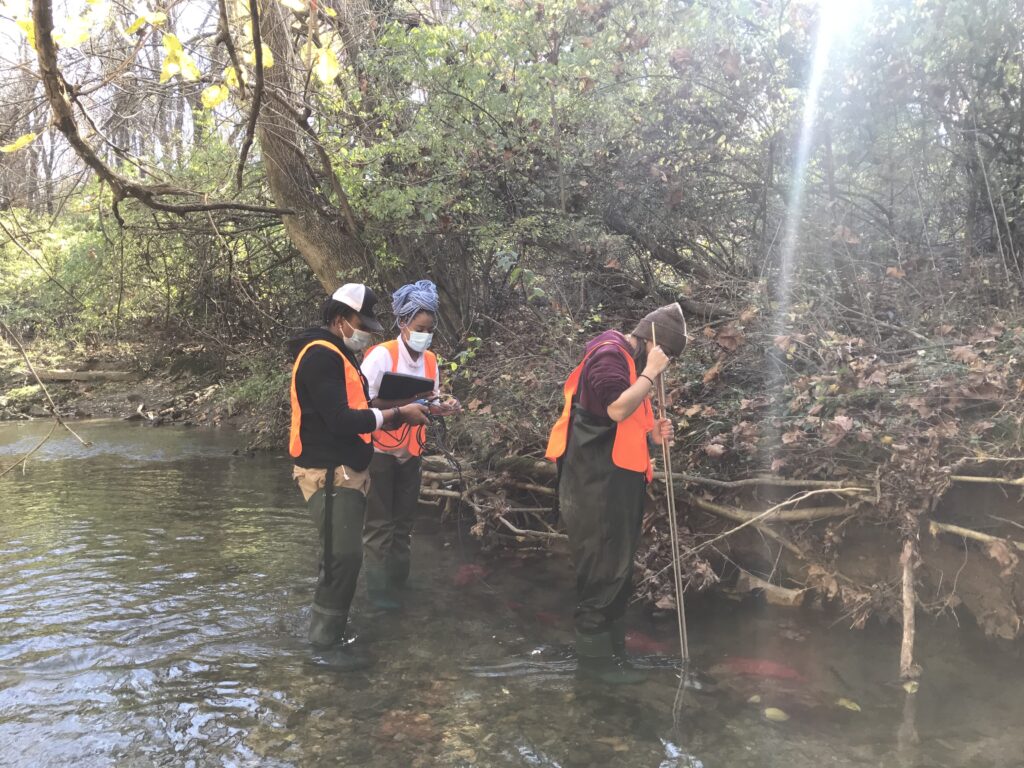
What’s Happening to the Bugs? Macroinvertebrate community composition in the tributaries in the Roanoke River.
We collaborate with The City of Roanoke in stream assessment and restoration to achieve several watershed goals, including meeting total maximum daily load (TDML) requirements, mitigating floods, meeting water quality standards, recovering ecological function, and transforming the Roanoke River into a community asset. The scope of the project is to consider the role of benthic macroinvertebrates in Roanoke City’s stormwater objective of “creating a clean water legacy for citizens of tomorrow”. We also hope to improve the city’s existing benthic sampling programs and ensure that they have all of the information necessary to work towards their clean water goals.
Team: City of Roanoke (Marcus Aguilar and Rachel Pence) and Graduate student: Donya Mohamed
The Ghost of Hydroperiods Past: What is the Influence of Hydrology and Vegetation on Invertebrate Communities in Geographically Isolated Wetlands?
Geographically isolated wetlands (GIWs) are productive ecosystems that contribute to regional biodiversity and have a critical role in global nutrient cycling, carbon storage, and water quality improvement. However, because they lack continuous connection surface connection to permanent waters, most GIWs have no federal protection. GIWs support complex communities of aquatic insects, which are an important basis of both aquatic and surrounding terrestrial ecosystems. In GIWs, aquatic insect community composition and function are largely controlled by hydrology and vegetation. Hydrology in these wetlands is being altered by climate change, and the influences of historical hydrologic patterns on the insect communities are unknown. This project seeks to better understand the influences of historical hydrology, vegetation, and ongoing climate change on community structure and function by investigating macro invertebrate and emergent insect communities in GIWs located in southwestern Georgia. Our research will help support conservation efforts for GIWs as well as inform policy decisions for the protection and regulation of intermittent aquatic ecosystems.
Team: The Jones Center at Ichauway : Kier Klepzig and Steve Golladay, Graduate student: Elizabeth Sicking, and Lab Technician: Holly Stillwell
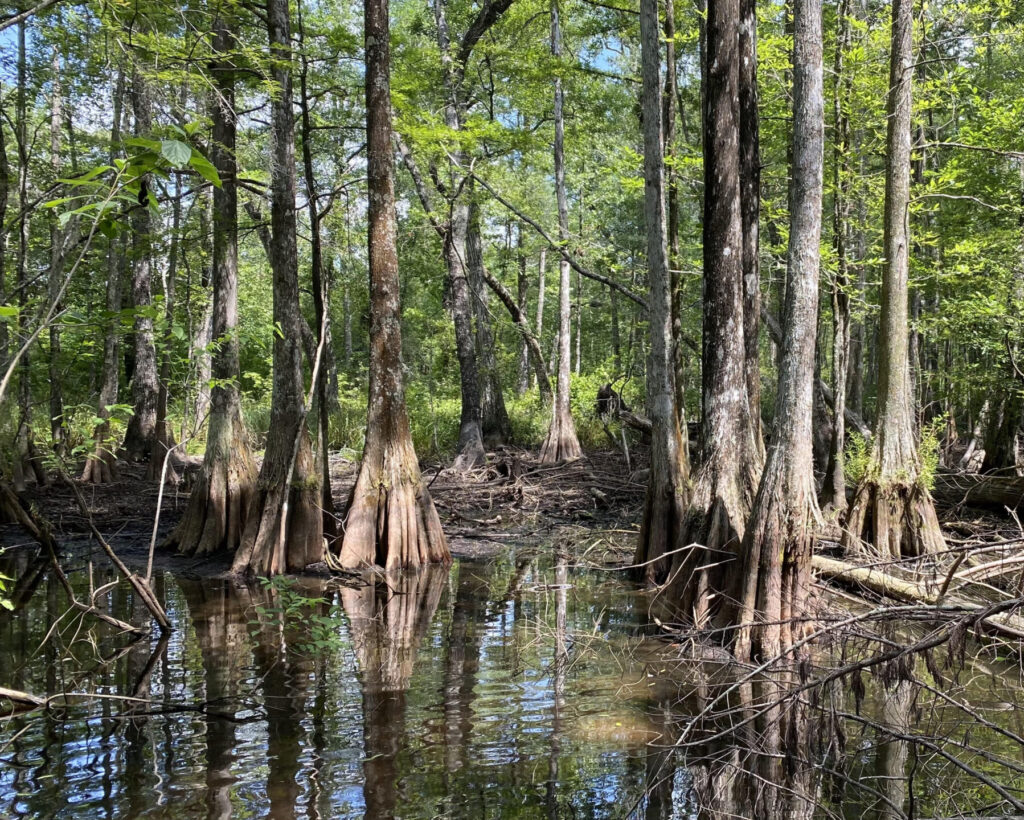
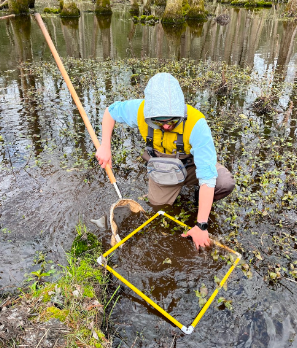
Are Best Management Practices (BMPs) really the best? Using Macroinvertebrate Structure and Function as Indicators Chesapeake Bay Watersheds.
This project seeks to better understand how currently implemented watershed management in the Chesapeake Bay impacts water quality and habitats that support macroinvertebrate biodiversity and function. We will evaluate how current BMPS are affecting environmental conditions and biota to determine if they are effective at improving impaired streams to meet the criteria under the Clean Water Act. Our findings will inform future assessments and any changes made to the management strategies. We will samples macroinvertebrates, assess water chemistry, and check for contaminants in streams across 4 physiographic regions which have a gradient of BMPs to inform our evaluation of the BMP’s effectiveness.
Team: USGS (Greg Noe and Kelly Maloney), VT USGS (Paul Angermeier and Emmanuel Frimpong), Graduate Students: Sergio Sabat-Bonilla and Joseph Buckwalter, and Lab Technicians: Brice Crum, Madeline Alford, and Megan Underwood
Bugs with a Hint of Lime: How do Macroinvertebrates Respond to Liming Restoration in the Meadow Run Watershed?
Shenandoah National Park (SHEN) contains regionally significant coldwater stream resources that support brook trout populations and diverse aquatic macroinvertebrate communities. However, acidic rain has impaired many of SHEN’s stream ecosystems and resulted in reduced species richness and communities shifting towards acid-tolerant species. This project will evaluate the effectiveness of applying limestone sand to the Meadow Run watershed to reduce the acidity in streams and, ideally, reestablish the stream’s natural community and processes. Macroinvertebrates serve as an indicator species for stream ecosystem health, and this project will combine SHEN’s long-term macroinvertebrate data set with targeted sampling with new macroinvertebrates to provide a robust assessment of the stream community response to the restoration action.
Team: Sally Entrekin, and Lab Technician: Lisa Tabor and Brice Crum
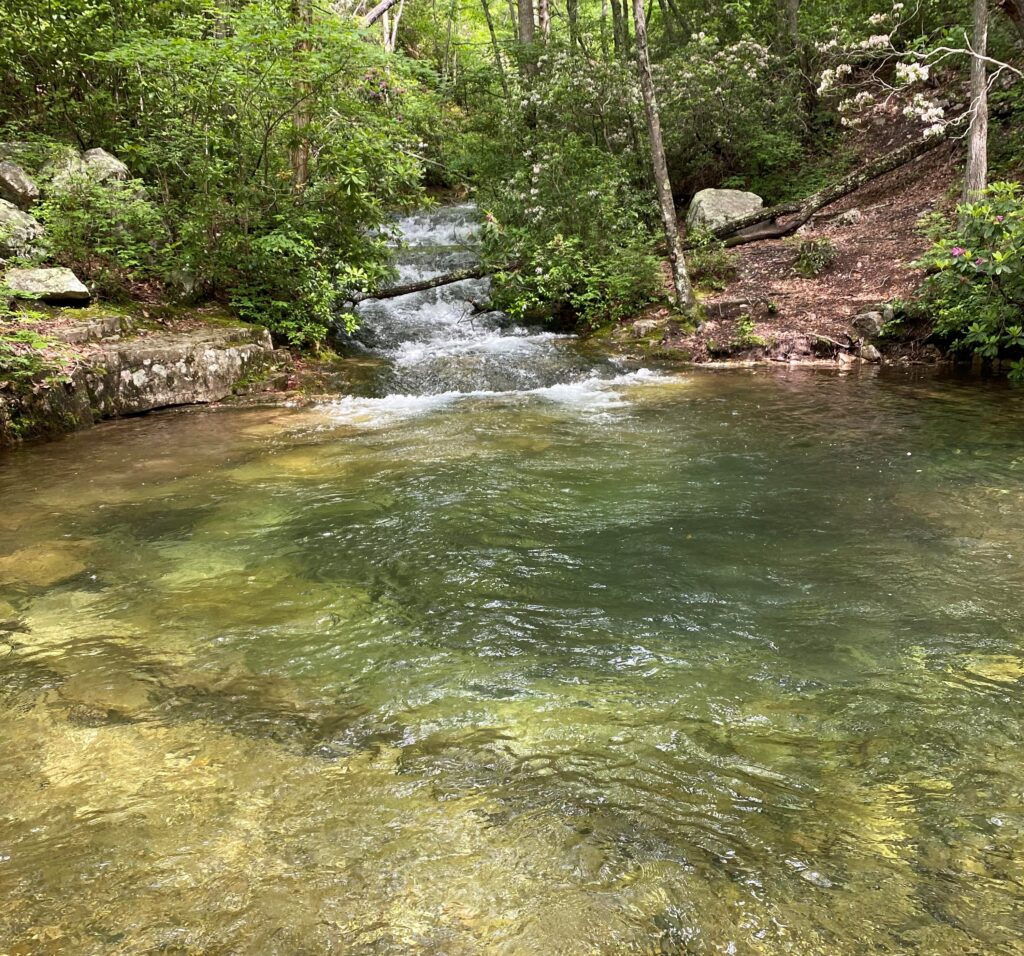
Header photo taken by Bob Bachand


